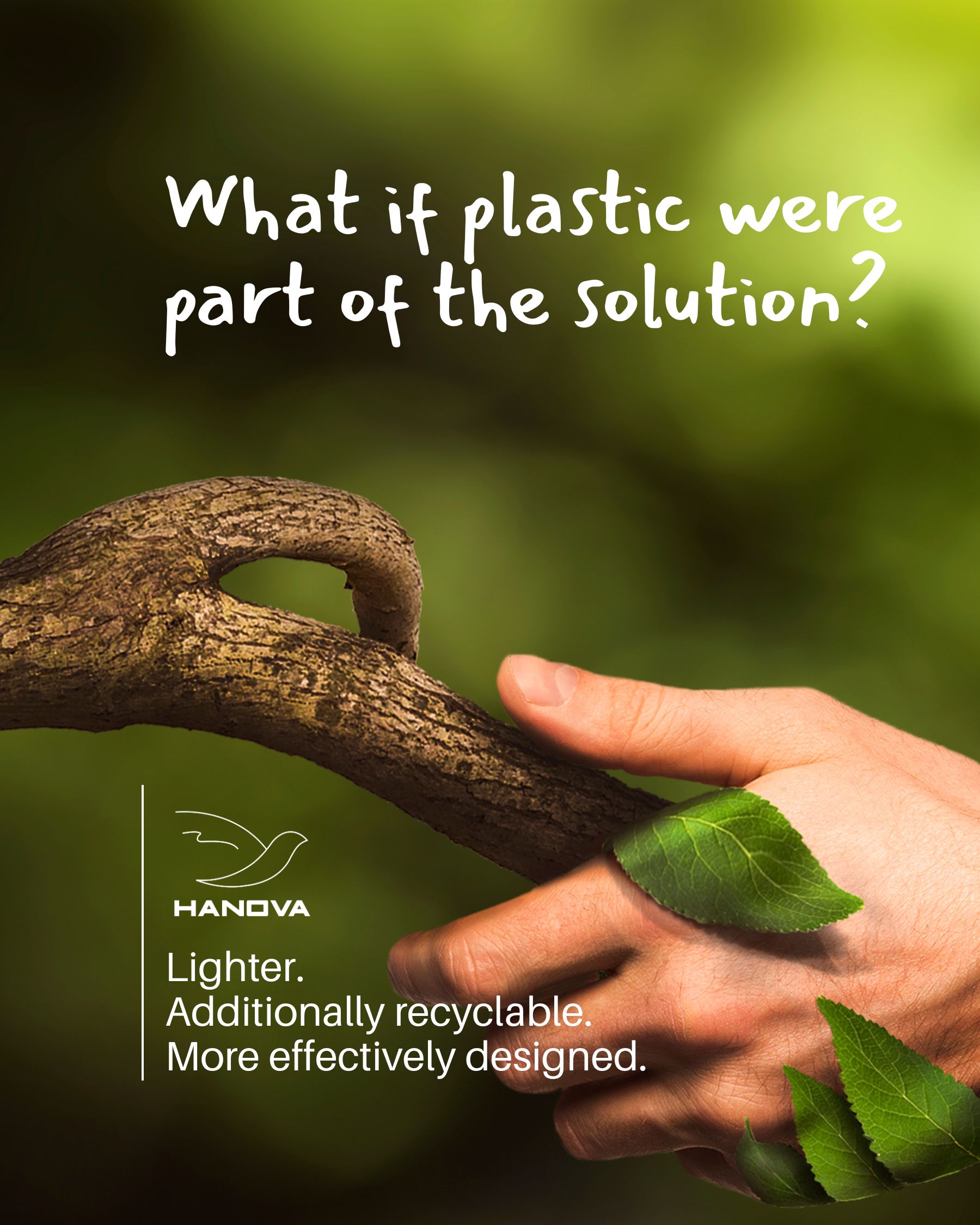The PPWR Act explained!





France is taking another step towards a greener future with the entry into force of the Packaging and Packaging Waste Act (PPWR). This legislation, aims to harmonise packaging management across Europe and improve the treatment of packaging waste in all Member States. 🌱
Is this PPWR law a hindrance or an opportunity for our company?
Which sectors are affected?
– Takeaway catering: the law targets the reduction of waste generated by packaging in this area.
– Physical outlets: traditional retailers must comply with these new packaging requirements.
– E-commerce: this legislation is the first to specifically regulate packaging in the online sales sector.
What changes does the PPWR bring?
– An end to single-use packaging from January 2026: single-use packaging, particularly plastic, will be banned in catering establishments.
– Increased use of recycled plastics in packaging: manufacturers will have to include mandatory levels of recycled content in their plastic packaging.
– Recyclability requirement from January 2030: all packaging on the market must be economically recyclable, whatever the material.
– Ambitious recycling targets: the law sets progressive recycling targets, aiming to reach 60% by 2025, 70% by 2030 and 80% by 2035.
– Increased producer responsibility: producers are now responsible for managing the entire life cycle of their packaging.
These changes present challenges, and Hanova sees them as an opportunity for companies in our sector to position themselves as leaders in the adoption of environmentally-friendly practices.
The success of this transition highlights the importance of a collaborative approach to a sustainable future.







